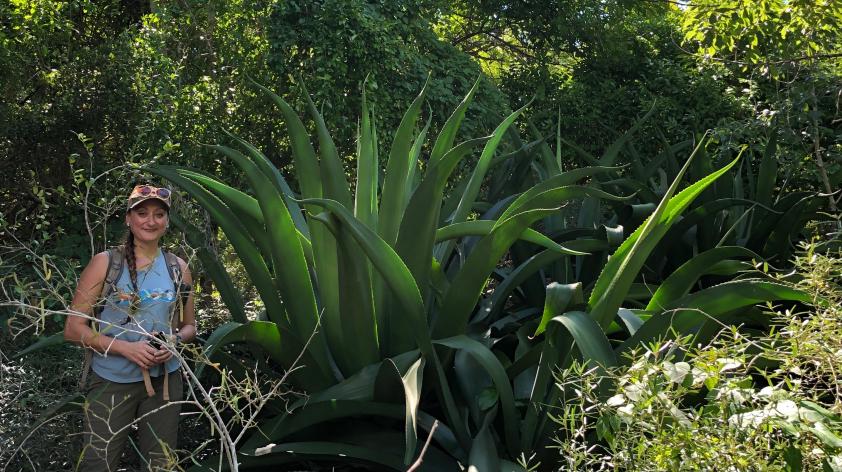
Great Goat Island is Great!
In the course of my iguana conservation work, I have been to numerous islands in the Caribbean, large and small. But two little cays have eluded and intrigued me since I first floated along their shores by boat in the late 1990s.
The Goat Islands, Great and Little, lie off the south central coast of Jamaica in the Portland Bight. They are part of the Portland Bight Protected Area which includes 81 square miles of dry limestone forests and 32 square miles of wetlands. These areas are of high conservation value due to the numbers of threatened and endemic species that live there.
Before the rediscovery of the Jamaican Iguana in 1990, the Goat Islands was the last place iguanas were seen in the 1940s. I really wanted to get a closer look at these islands on foot but somehow it was just not possible until now.
Currently, the Jamaican Iguana is only found in a small area (<2 square miles) in the Hellshire Hills, part of the same protected area. I am among the team working to protect and augment this small population through nest site protection, headstarting and release, predator control, and habitat conservation.
Since the beginning we talked about creating a second, safe population of iguanas by eradicating invasive predators on the Goat Islands and reintroducing iguanas to them. That plan has stymied for various reasons, which has more to do with people politics than the island’s suitability.
Finally, this plan is back on the table and it feels like it might actually move forward!
On Thanksgiving, I was among 42 stakeholders that attended a meeting in Kingston to develop a management plan for these islands — recently declared as a wildlife sanctuary. The islands have cultural and historical significance as well as being biologically rich.
The Taíno and Spaniards once occupied Jamaica, and Little Goat Island was home to a U.S. military base during World War II. Remnants of 1940s tarmac are still present on the north end of Little Goat.
Because this section had been previously leveled and contains a small beach, it would be the perfect location for a ranger station, visitor’s center, museum, and/or ecotourism hub. Great Goat Island could support thousands of iguanas, and also native snakes, lizards, coneys, and birds, once it is free of hungry mongoose and feral cats and goats. The surrounding mangroves and reefs are home to crocodiles, sea turtles, and manatee.
Before the meeting, I was finally able to land on these islands and see this amazing potential up close. I knew the habitat was suitable, but I was unprepared for how great it really is! Immediately I saw many species of plants iguanas love to eat. Limestone karst provides natural retreats and there is rich soil for nesting.
I know iguanas will love it here….again.
No turkey for me this year, but I am very thankful to my colleagues at the Fort Worth Zoo, Urban Development Corporation, and Caribbean Coastal Area Management Foundation for making my island visitation dream come true.













